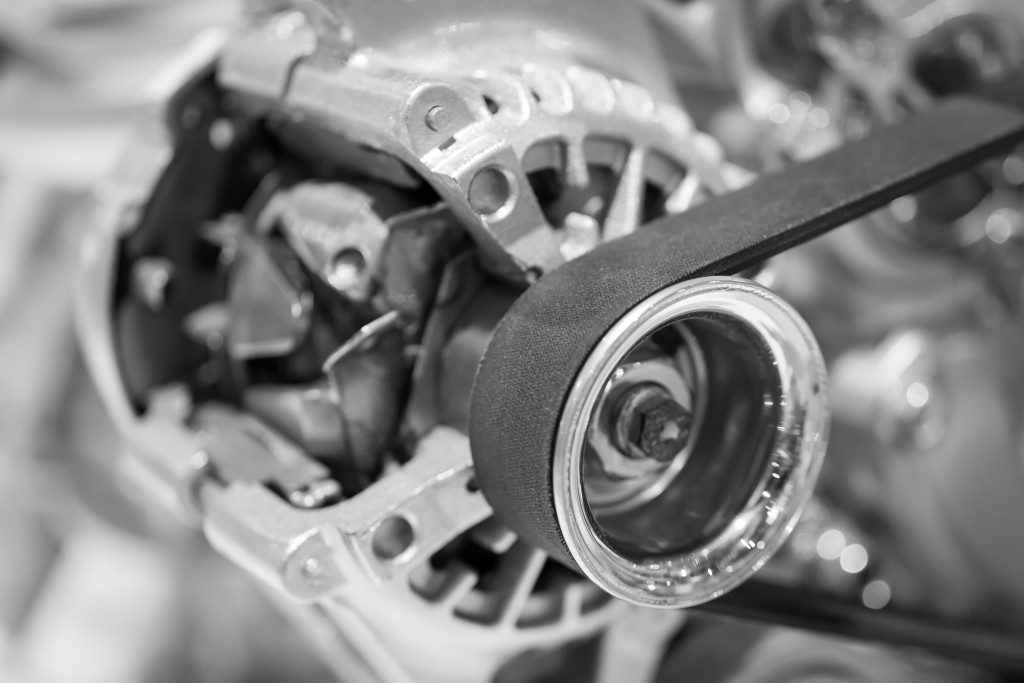The pulleys in your conveyor play an essential role in the operation of your machine. They drive and redirect your conveyor and provide the required tension and tracking to guide your products along your production line. If you select the pulley for your conveyor in haste, you might get the wrong size and overload or overwork your system. This will lead to the early failure of your pulley and result in costly down times in your warehouse’s operation.
One of the elements that should guide the pulley choice for your table top chain conveyor is its configuration. A pulley’s configuration affects its operating ability, so it should match your environmental and application load requirements, as well as the characteristics of the product being conveyed. The following are the configuration styles for table top conveyor pulleys.
Drum Style Pulleys
 These have a contact surface made of a cylindrical pipe, tube or steel, allowing continuous and full contact with your conveyor’s belt. Drum style pulleys will be included in all parts of your conveyor where the material will pass through.
These have a contact surface made of a cylindrical pipe, tube or steel, allowing continuous and full contact with your conveyor’s belt. Drum style pulleys will be included in all parts of your conveyor where the material will pass through.
They will suffice for applications where the accumulation of the conveyed material between the belt and pulley’s contact surface is not a concern. Drum style pulleys have the highest surface contact and are the preferred choice for pulleys in drive points.
Wing Style Pulleys
These have a non-continuous contact surface comprising multiple individual wings known as fins. Their construction creates an open void through which conveyed material could fall through and away from your conveyor’s contact surface. As such, wing style pulleys are also called self-cleaning pulleys.
They are mainly used on the tail ends of bulk handling conveyor systems where there is a high tendency of the accumulation of loose materials on the conveyor belt’s underside and damage the belts. Most wing style pulleys have support gussets and outer support rings, which will act as the braces for the fins when conveying heavy loads.
Spiral Style Pulleys
These comprise a metal strip attached in a spiral configuration around the perimeter of a wing or drum pulley. The pulleys have continuous contact with conveyor belts and an enhanced material elimination. Spiral style pulleys are usually used for bulk handling systems in which constant contact and material accumulation are primary operational issues.
Angled Wing Pulleys
Here, the wing members are angled towards a pulley’s edges for enhanced materials removal and continuous contact. Angled wing pulleys are used primarily for bulk handling systems where constant contact, clean out and material buildup are the principal operational concerns. Some pulleys feature designs with clean out ports for an enhanced effect.
These pulley configurations will make the difference between a profitable organization and one that is making losses. As such, you should ensure you get the best for your conveyor table. With the right pulley system and the best-manufactured conveyor table on the market, you can guarantee increased productivity. You should also ensure you get the right component and disk thickness for your pulley system so that you are assured it will suffice for your application’s demands.
